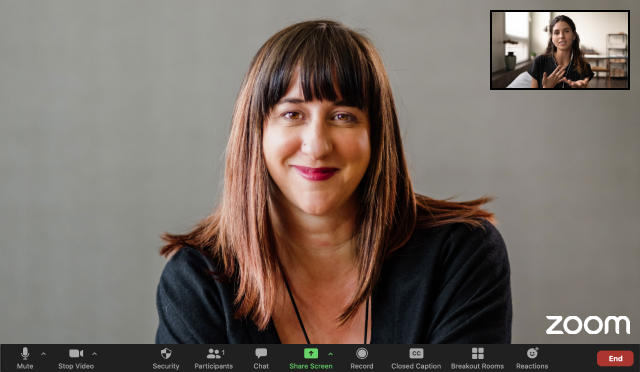1 in 4 Canadians aged 15+ lives with a disability.
That’s over 8 million people, plus many more who face language, literacy, or digital access barriers. If your fundraising campaigns aren’t accessible, you’re likely excluding potential supporters.
The good news? You don’t need to overhaul everything.
Small, intentional changes can make your communications more inclusive, without sacrificing clarity or impact.
Think Beyond the Average Donor
Most fundraising campaigns are designed with one type of user in mind: someone who’s sighted, tech-savvy, fluent in English, and comfortable online.
The reality? Many donors don’t fit that mold.
Whether someone uses a screen reader, prefers simpler language, or is navigating from a mobile device with spotty internet, your job is to make giving as easy and respectful as possible.
Where to Start: The Donation Form
A cluttered, complicated donation form is one of the biggest accessibility barriers.
Make sure your form:
- Has a simple, linear layout
- Uses large, readable fonts and high-contrast colours
- Labels every field clearly (not just placeholder text)
- Works with screen readers like NVDA (Windows) or VoiceOver (Mac)
- Can be completed using only a keyboard (no mouse required)
And don’t forget mobile. A donation form that’s hard to tap through on a phone will lose people, fast.
Social Media Isn’t Automatically Inclusive
Alt text is one of the simplest and most powerful tools you can use. It gives screen reader users access to your visual content.
Here’s what good alt text looks like:
“Two volunteers sorting food donations into boxes at a local community centre.”
It’s descriptive, specific, and focused on meaning, not decoration.
Avoid generic phrases like “image of” or “graphic showing.” Most platforms (Instagram, Facebook, LinkedIn, X) let you manually add alt text, so take the extra minute to do it.
Design Choices Matter
You don’t need to be a professional designer to make accessible graphics. But you do need to keep a few key things in mind:
- Use large fonts (16pt or bigger)
- Choose high-contrast colour combinations (use a contrast checker)
- Avoid relying on colour alone to communicate important information
- Don’t place important text only inside an image, repeat it in the caption
Using Canva, Adobe Express, or Figma? Each platform has built-in accessibility tips and templates you can lean on.
Words Make a Difference
Accessibility isn’t just visual, it’s also about language.
Use plain language throughout your campaign. That means short sentences, clear calls to action, and no unnecessary jargon.
For example: Instead of saying “facilitating high-impact community interventions,” say “supporting programs that help people.”
Use inclusive language that respects identity and experience. That includes:
- Person-first language (“people with disabilities”)
- Gender-neutral phrasing
- Representation that reflects the communities you serve
Don’t Skip Captions or Translations
Video is a powerful fundraising tool, but if your content isn’t captioned, it’s not accessible.
Whether it’s a campaign video or a 30-second Instagram Reel, include open or closed captions. Tools like YouTube, Rev, Kapwing, and Canva Pro can help.
If your audience includes multilingual communities, consider offering key materials, in French, Indigenous languages, or simplified English.
Even a basic translation can go a long way in showing respect and building trust.
Want to Check Your Work?
You don’t have to guess whether your content is accessible. These free tools can help:
- WAVE Web Accessibility Tool : Flags issues on webpages
- axe DevTools: Chrome plugin for live testing
- Contrast Checker: Tests readability of your colour choices
- Canva Accessibility Guide: Tips for accessible graphic design
Accessibility Builds Trust
Inclusive fundraising isn’t about checking a box, it’s about living your values.
When people feel seen, respected, and included, they’re more likely to give, and more likely to stick around.
You don’t need a new platform or a bigger team to get started. Just a few small shifts in how you write, design, and share your message.
Want support reviewing your next campaign for accessibility?
We help Canadian nonprofits build inclusive, donor-friendly communications that actually connect. Let’s talk.
